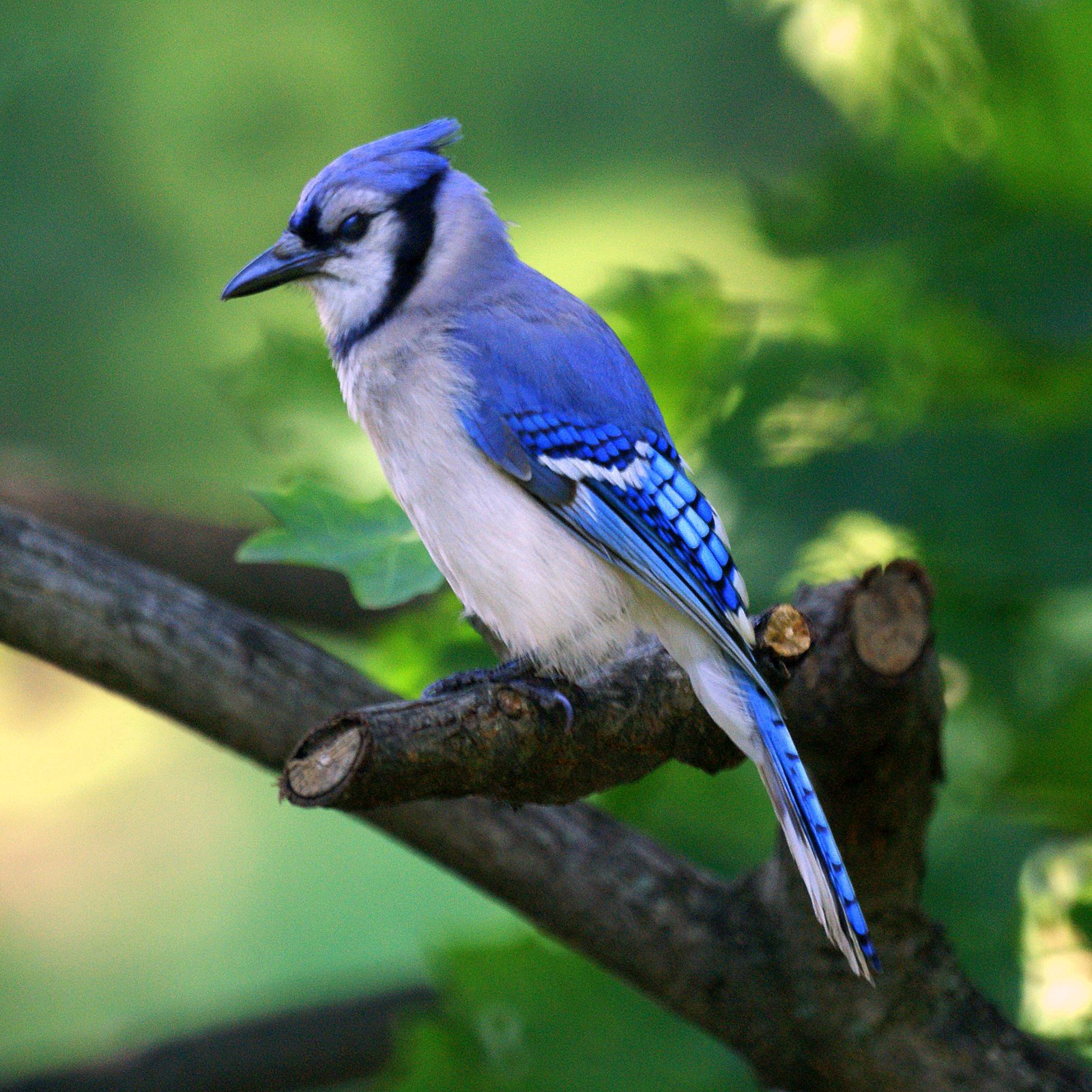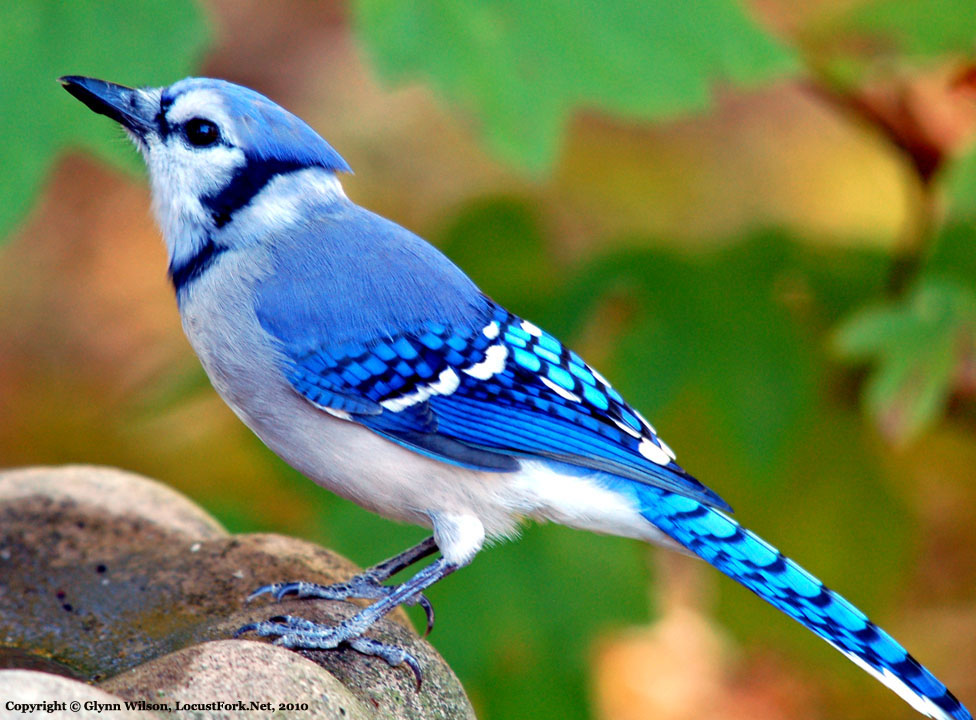Renowned for its vibrant plumage and bold personality, the blue jay bird is one of nature's most captivating creatures. These strikingly beautiful birds are easily recognized by their bright blue feathers, prominent crests, and inquisitive behaviors. Found predominantly in North America, blue jays have intrigued bird enthusiasts and casual observers alike, making them a favorite subject for wildlife photographers and ornithologists.
The blue jay bird is not just a feast for the eyes; it is also known for its intelligent and resourceful nature. These birds are part of the corvid family, which includes crows and ravens, and are widely regarded as some of the most intelligent birds in the avian kingdom. They are skilled mimics, often imitating the calls of other birds, and have even been observed using tools to solve problems—an extraordinary trait in the bird world.
Whether you're an avid birdwatcher or simply curious about the natural world, the blue jay bird offers a fascinating blend of beauty, intelligence, and ecological significance. From their role in forest regeneration to their complex social structures, there’s so much to learn about these remarkable birds. In this article, we’ll dive deep into the life of the blue jay bird, answering common questions and uncovering lesser-known facts about this extraordinary species.
Table of Contents
- What is a Blue Jay Bird?
- Where Can You Find Blue Jay Birds?
- What Do Blue Jay Birds Look Like?
- How Intelligent Are Blue Jay Birds?
- What Do Blue Jay Birds Eat?
- Are Blue Jay Birds Social?
- Do Blue Jay Birds Migrate?
- Blue Jay Bird and its Role in Ecosystems
- How to Attract Blue Jay Birds to Your Yard?
- Myths and Symbolism of the Blue Jay Bird
- How Do Blue Jay Birds Communicate?
- Are Blue Jay Birds Aggressive?
- Interesting Facts About Blue Jay Birds
- Conservation Status of the Blue Jay Bird
- Why Are Blue Jay Birds Important?
What is a Blue Jay Bird?
The blue jay bird (Cyanocitta cristata) is a passerine bird native to North America, belonging to the Corvidae family. Known for their striking blue, white, and black plumage, these birds are highly intelligent and exhibit complex behaviors. They are commonly spotted in forests, gardens, and suburban areas, making them a frequent visitor to bird feeders.
Where Can You Find Blue Jay Birds?
Blue jay birds are primarily found in eastern and central North America. Their habitat ranges from southern Canada to the Gulf of Mexico. You can often spot them in deciduous and mixed forests, although they are highly adaptable and thrive in urban and suburban environments as well.
What Do Blue Jay Birds Look Like?
The blue jay bird is a medium-sized bird with a length of 9-12 inches and a wingspan of 13-17 inches. Their bright blue plumage, black neck band, and white underparts make them easily recognizable. They also sport a prominent crest on their heads, which they can raise or lower depending on their mood.
How Intelligent Are Blue Jay Birds?
Blue jay birds are incredibly intelligent and are known for their problem-solving abilities. They can mimic the calls of other birds, including hawks, to deter predators or competitors. Studies have shown that they possess excellent memory skills, which they use to store and retrieve food during colder months.
What Do Blue Jay Birds Eat?
Blue jay birds have an omnivorous diet that includes seeds, nuts, fruits, and insects. They are particularly fond of acorns and play a significant role in oak tree propagation. Occasionally, they may also consume small vertebrates, making them opportunistic feeders.
Are Blue Jay Birds Social?
Yes, blue jay birds are highly social creatures. They often form tight-knit family groups and are known to work together to protect their territory from predators. During the breeding season, both male and female blue jays contribute to nest building and caring for their young.
Do Blue Jay Birds Migrate?
Blue jay birds exhibit partial migration, meaning some populations migrate while others stay year-round in their habitat. Factors like food availability and weather conditions influence their decision to migrate. Interestingly, their migration patterns are still not fully understood by scientists.
Blue Jay Bird and its Role in Ecosystems
The blue jay bird plays a crucial role in forest ecosystems. By burying acorns and other seeds, they contribute to forest regeneration. Their behavior as seed dispersers helps maintain biodiversity and promotes healthy forest growth.
How to Attract Blue Jay Birds to Your Yard?
If you want to attract blue jay birds to your yard, consider providing food sources like sunflower seeds, peanuts, and suet. Offering a birdbath and planting native trees can also create a welcoming environment. Additionally, blue jays are attracted to feeders with large perches that accommodate their size.
Myths and Symbolism of the Blue Jay Bird
Throughout history, the blue jay bird has been a symbol of intelligence, determination, and adaptability. In some cultures, they are seen as spiritual messengers, while others associate them with resourcefulness and resilience. Their striking appearance and bold behavior have made them a subject of numerous myths and legends.
How Do Blue Jay Birds Communicate?
Blue jay birds are highly vocal and use a variety of calls to communicate. Their repertoire includes whistles, clicks, and mimicry of other bird species. These vocalizations serve multiple purposes, from warning of predators to maintaining social bonds within their group.
Are Blue Jay Birds Aggressive?
Blue jay birds are known for their assertive nature and can be aggressive when defending their nests or food sources. They often chase away smaller birds from feeders and are not afraid to confront larger predators. Despite this, their intelligence and adaptability make them a fascinating species to observe.
Interesting Facts About Blue Jay Birds
- Blue jay feathers are not actually blue; the color is a result of light scattering due to their feather structure.
- They are one of the few bird species capable of mimicking hawk calls.
- Blue jays are monogamous and often mate for life.
Conservation Status of the Blue Jay Bird
The blue jay bird is not currently considered endangered. Their population is stable, and they are classified as "Least Concern" by the International Union for Conservation of Nature (IUCN). However, habitat loss and climate change could pose future threats to their population.
Why Are Blue Jay Birds Important?
Blue jay birds are vital to maintaining ecological balance. Their role as seed dispersers helps in forest regeneration and biodiversity. Additionally, their intelligence and adaptability make them an essential part of the avian community, providing valuable insights into bird behavior and ecology.
You Might Also Like
The Viral Sensation: Unpacking The "Coughing Cat Meme"Unveiling The World Of Scary Videos: A Journey Into Chilling Entertainment
Arsenal Fixtures: A Comprehensive Guide To Upcoming Matches And Key Insights
The Profound Beauty Of Solomon 4:7: Exploring Its Meaning And Significance
Sabrina On TikTok: The Rising AI Expert Who’s Changing The Game
Article Recommendations
- Exploring The World Of Mkvmoviespoint Everything You Need To Know
- One Direction Liam Payne Zayn Malik A Look Back
- The Ultimate Guide To 80s Fashion Unleash Your Inner Icon

